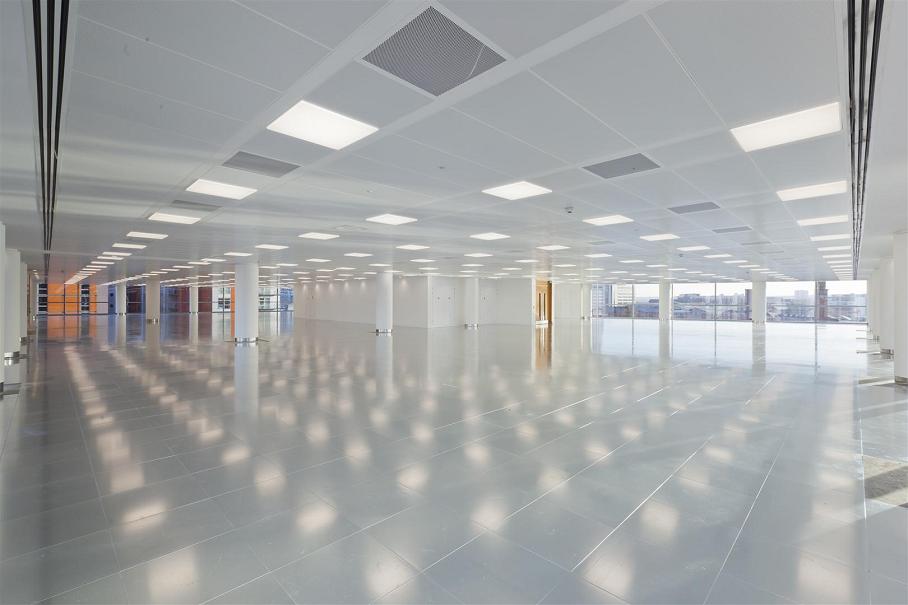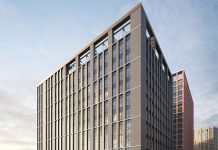Around 80 per cent of offices take-up in the first half of 2014 in Leeds was for Grade A/B space with occupiers becoming increasingly discerning over the quality and energy efficiency of the space they occupy yet equally seeking value for money according to property agents JLL and DTZ.
At the same time, both landlords and tenants are keen to ensure compliance with key pieces of energy legislation including the UK Energy Act 2011, which comes in to force in April 2018, which makes it unlawful for landlords to lease space, and for occupiers to assign leases or sublet, in buildings with an energy performance certificate (EPC) rating of F or G.
Richard Thornton, director of office agency in JLL’s Leeds office, said: “With the built environment estimated to contribute about 45% of carbon dioxide emissions in the UK through heating, cooling, lighting and power, buildings can play a major part in providing energy efficiency solutions which benefit both office occupiers and landlords. The pressure is on to improve the energy performance of many buildings in the city to ensure they are future proofed and continue to be fit for purpose.”
One such building in Leeds which has successfully responded is NFU Mutual’s No1 Whitehall Riverside, which has been future proofed with energy saving measures including the installation of low maintenance LED lights – the very first building in the city to install them. These lights, which have a life expectancy of 2.5 time’s traditional fluorescent lamps, allow fittings to be ‘dimmable’ to greatly reduce energy consumption.
Eamon Fox, director of office agency in DTZ’s Leeds office, added: “It was an easy decision to install the LED lighting scheme at No1 Whitehall Riverside everything under them looks more vibrant. We all know LEDs are environmentally friendly, containing no mercury or lead, reducing our carbon footprint and occupiers really buy into this.
“The LED system at No 1 Whitehall Riverside will also keep the Finance Director happy, as they last significantly longer than traditional incandescent light fixtures and very simply they are the most cost-effective lighting source you’ll find, they improve energy performance which in turn saves occupiers’ money, which is the ultimate bottom line”.






















